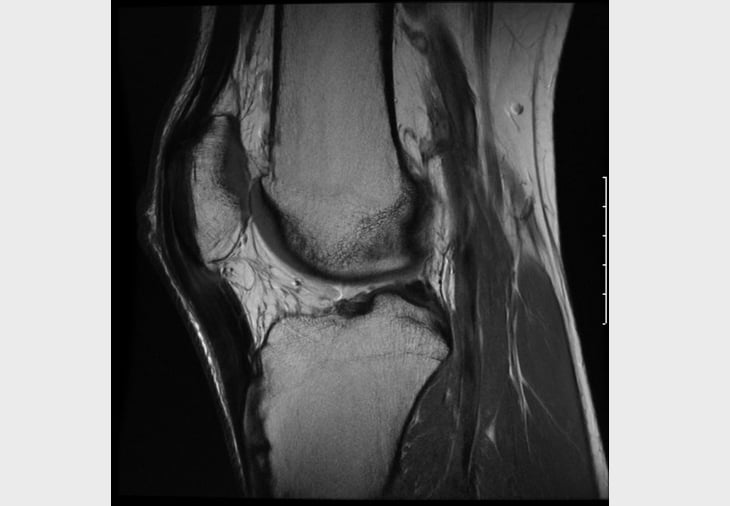Patella Tendon Tendinopathy: (Jumpers knee)
- The patella tendon is located at the anterior knee, connecting the Quadriceps to the Tibia via the Patella.
- This is a common overuse injury in activities with high running loads, jumping and kicking
- There can often be multiple contributing factors driving the development and persistence of symptoms
- With the effect of age, tendonitis ( an acute inflammatory disorder) can develop to a tendinopathy ( degenerative condition within the tendon)

Subjective Examination:
Insidious onset, usually related to increased load usually felt distal to the patella,
With tendinopathy in the mid portion of the patella tendon.
Tendinitis located at the distal tip of the patella.
Osgood-Schlatters at the tibia tubercle, distal tendon attachment.
Pain presents at the start of activity, following activity and is often accompanied by stiffness
It is important to establish the patients full training history where possible
Objective Examination:
Localised to the anterior knee, at the mid portion of the patella tendon
There may be pain on passive stretching
Pain on palpation of patella tendon
Pain on resisted knee extension
Weakness within the quadriceps is also common
Early signs to look out for:
Localised patella tendon pain
Tightness/stiffness during or after activity with little relief from stretching
Pain on jumping, landing, running and going downstairs
References
Image from OpenI – Licensed by CC
Treatment:
If you feel that your patient is suffering with a Patella Tendonopathy, please refer to a physiotherapy and we can work with the patient to get them back to sport through:
Identifying and reducing contributing factors.
Pain free exercises.
Improving knee stability, muscle length and strength.
Progressing to return to play level.
References
Image from OpenI – Licensed by CC








